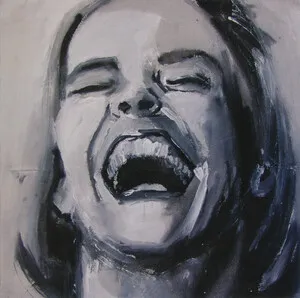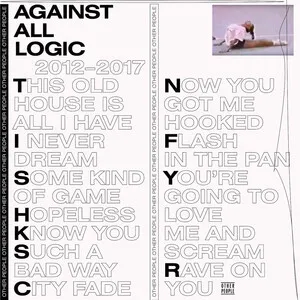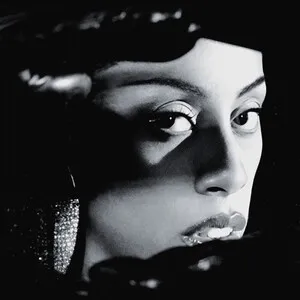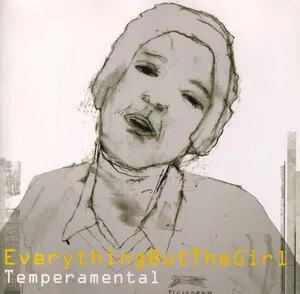Deep house is a subgenre of house music characterized by warm, soulful textures, jazz-influenced harmony, and understated, hypnotic grooves. It typically runs around 115–124 BPM, favoring subtle swing, syncopated percussion, and rounded, mellow basslines over aggressive peaks.
Sonically, deep house draws on extended chords (7ths, 9ths, 11ths), Rhodes and M1 organ timbres, airy pads, and tasteful use of reverb and delay to create a spacious, emotive atmosphere. Vocals, when present, often reference soul and gospel traditions, delivering intimate, reflective themes rather than big-room hooks.
The style emerged in the mid-to-late 1980s as producers fused Chicago house rhythms with jazz-funk, soul, and garage house sensibilities, resulting in a smoother, deeper take on the house blueprint.
Deep house arose in Chicago and the U.S. East Coast as producers stretched the house template into more melodic and harmonically rich territory. Larry Heard (Mr. Fingers) is widely credited as a pioneer: tracks like "Mystery of Love" and "Can You Feel It" (1985–86) blended steady 4/4 drums with warm synth pads and jazz-inflected chords. Parallel developments in New York and New Jersey—via garage house—added soulful vocals and gospel influences, with artists such as Kerri Chandler laying a foundational sound.
Through labels like Prescription Records (Ron Trent & Chez Damier), Strictly Rhythm, Nervous, Guidance, and NRK, deep house matured into a distinct, globally circulating style. In Europe, the UK, Germany, and Italy cultivated thriving scenes, DJs and producers favored extended, groove-first arrangements, and the sound found a lasting home in intimate clubs and late-night rooms rather than main stages.
The 2000s saw a refined, musical approach through imprints such as Naked Music, OM Records, Freerange, and Atjazz Record Company, emphasizing sophisticated songwriting, live instrumentation, and polished production. South Africa emerged as a major hub; artists like Black Coffee helped make deep house a mainstream cultural force there, blending local rhythms and melodic sensibilities with classic deep house aesthetics.
A new generation (e.g., Maya Jane Coles, Jimpster’s continued work, and many EU/UK producers) pushed both classic and modern directions—some leaning toward lo‑fi textures, others toward organic and melodic strains. While "deep house" became a catch-all in the pop charts for lighter, tropical-tinged house, the core scene continued to value groove, harmony, and subtle emotional resonance. Today, deep house remains a cornerstone of underground club culture and a fertile source for related styles like lo‑fi house, organic house, and tropical house.








